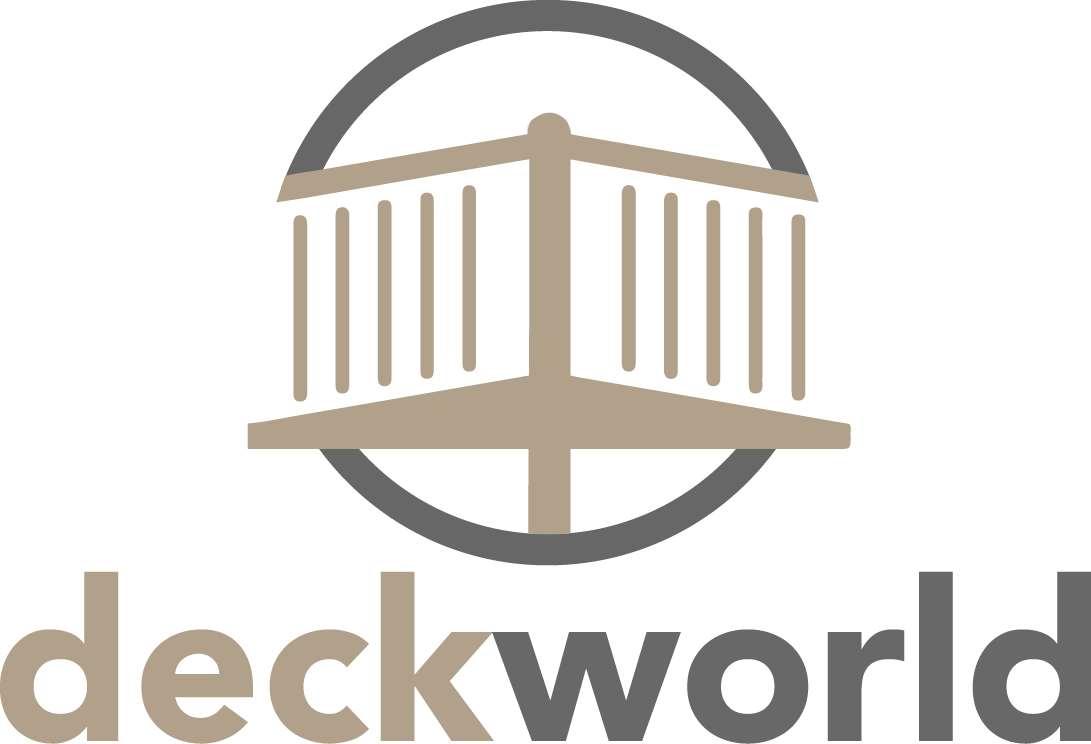
Out With the Old, In With the New
Most homeowners’ first thought when building a deck is to start with wood, which has historically dominated the decking market due to its comparatively low price point and accessibility.
This has changed in recent years. In the Northeast United States, for example, a full 50% of decking is now made of composite materials, including capped composite (and capped polymer) decking. This means half of outdoor living spaces in the region are constructed with composite or cellular PVC boards that can stand up to weathering and need little maintenance. This is true not only in the Northeast; in the West, 40% of the decking market falls to the alternative wood segment.
Even if you don’t live in the Northeastern or Western United States, this move away from traditional-natural wood is a relevant one. Composite decking — such as the decking offered in the TimberTech® PRO® and TimberTech EDGE™ lines — boasts enduring use and a premium, natural wood-visual that won’t warp, rot, or weather. In the showdown of composite decking vs wood, innovative wood alternatives are winning in regions across the U.S.
The Knock on Wood
When comparing composite decking vs wood, durability is one of the biggest differences. The main problem with natural wood is its staying power — or lack thereof. To maintain the boards’ shape and appearance, pressure-treated wood decks require routine maintenance. That maintenance involves regular cleaning, staining, sealing, and even replacing warped and/or weathered boards. That kind of maintenance is not only costly but laborious — often taking time away from family and relaxation time.
Even if you re-stain every two to three years, there’s a good chance a wood deck won’t make it much longer than a decade. Bottom line: In the long run, pressure-treated wood decks mean more time, money, and attention.
What Are Capped Composite Boards?
TimberTech’s capped composite decking, offered in the TimberTech PRO and TimberTech EDGE lines, is made of up to 80% recycled material. The core is a mixed blend of wood fibers and then coated with a protective cap that increases durability and protects against weathering.
When it comes to composite decking vs wood, composite decking showcases much lower long-term costs thanks to its low maintenance and longevity. In terms of an aesthetic showdown, composite decking vs wood translates to impressive results: TimberTech offers color-blended collections and elegant wire-brushed finishes for the naturally nuanced look of real wood, as well as monochromatic boards for those who like painted wood-look finishes.
Check out this breakdown of just some of the many benefits of the TimberTech PRO composite decking collection.

Capped Composite Decking vs Wood: No Contest
You can’t go wrong with either of the innovative composite decking lines by TimberTech. TimberTech PRO and TimberTech EDGE decking both come with the right elements for enduring beauty and minimal upkeep — because you want to enjoy your deck, not maintain it.
TimberTech leverages a non-negotiable commitment to quality to manufacture composite boards that look like real wood and promise better performance. From a variety of colors and finishes to varied grain patterns, TimberTech composite decking captures the natural nuance of wood, without the expensive upkeep. Finally, TimberTech uses innovative technology to deliver a capped composite board that won’t splinter, crack, rot, or warp, and is always backed by industry-leading warranties.
Wood decks just can’t deliver. When it comes to capped composite decking vs wood, it’s no contest.
Next Steps...
We've made the Renovation or Build of your Deck as simple as possible for you. Our experienced and passionate personnel are waiting to guide you through this process now.

